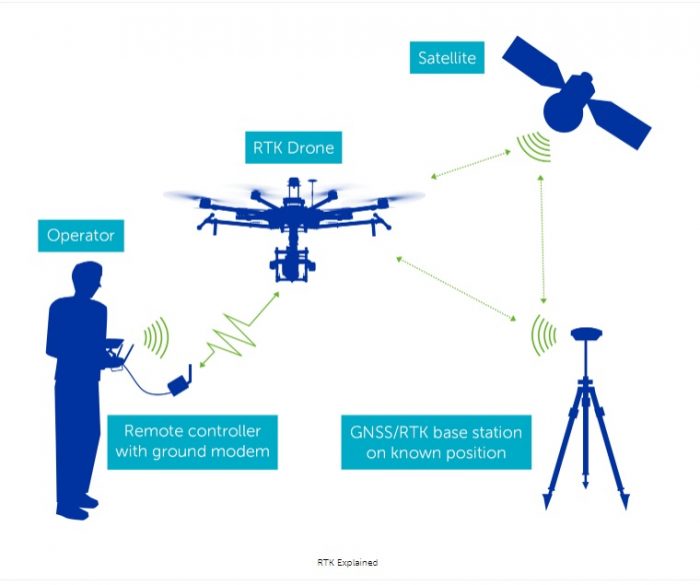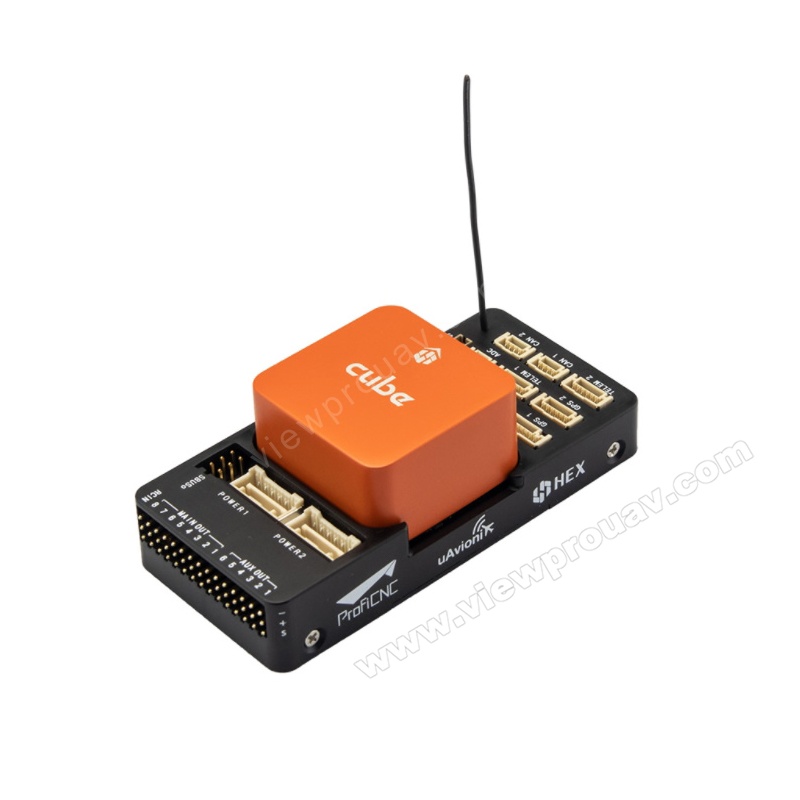SparkNavi Drone Flight Controller and GNSS/INS Made in Taiwan: Leading the Way in Drone Modern Technology
SparkNavi Drone Flight Controller and GNSS/INS Made in Taiwan: Leading the Way in Drone Modern Technology
Blog Article
Comprehending the Crucial Functions and Features of a Drone Flight Controller for Optimum Airborne Performance
The trip controller works as the critical element in a drone's design, coordinating its motions and making certain stability through a sophisticated interaction of data and sensing units processing. Understanding the essential functions and functions of these controllers is essential for taking full advantage of aerial efficiency, as they dictate not only navigational precision however likewise total security and reliability. With improvements in technology, the landscape of flight controllers is quickly advancing, triggering a better exam of what absolutely defines optimal performance in this essential system. What effects do these growths hold for both fanatics and professionals in the area?
Summary of Flight Controllers
When exploring the world of drone technology, comprehending trip controllers is vital for both specialists and enthusiasts alike. Trip controllers work as the mind of the drone, managing its movements and ensuring stability during flight (SparkNavi drone flight controller and GNSS/INS made in taiwan). They process information from numerous sensors, consisting of gyroscopes, barometers, and accelerometers, to maintain stability and react to pilot inputs properly
The design of trip controllers can differ considerably, varying from standard versions developed for entry-level drones to sophisticated systems equipped with advanced features for specialist applications. The integration of GPS capabilities enables exact navigation and positioning, while programmable firmware permits individuals to customize flight features to match their certain demands.
Furthermore, flight controllers are pivotal in facilitating communication in between the drone and the remote, making it possible for real-time changes and telemetry data transmission. Understanding the various sorts of flight controllers, consisting of multi-rotor, fixed-wing, and hybrid systems, is important for selecting the proper design for an offered application. Ultimately, a comprehensive grasp of flight controllers not just improves the flying experience yet likewise makes best use of the performance and safety of drone procedures.
Secret Functions of Flight Controllers
Trip controllers play a critical duty in managing a drone's trip dynamics by implementing a number of key functions that guarantee security and responsiveness. Among the main features is the stablizing of the drone's orientation and altitude. This is accomplished via the assimilation of different sensors, including accelerometers, barometers, and gyroscopes, which constantly monitor the drone's setting and movement.
.png)
One more important feature is the handling of control inputs from the pilot or self-governing systems. The flight controller interprets these inputs and changes the drone's motor speeds as necessary to accomplish the wanted flight course. This includes handling pitch, yaw, and roll, which are essential for ability to move.
Additionally, flight controllers are outfitted with sound devices. These functions are developed to react to vital scenarios, such as low battery degrees or loss of signal, by starting predefined activities like returning to the launch factor or hovering in position.

Crucial Functions to Think About
Various essential attributes should be taken right into account when selecting a drone flight controller to make certain optimal performance and Get More Info dependability. One important facet is the controller's processing power, which identifies its capacity to handle complicated trip formulas and real-time data handling. A greater handling capacity enhances responsiveness and stability throughout trip.
An additional important function is the variety of sustained trip settings. A functional flight controller must offer different modes, including acro, elevation hold, and GPS-assisted settings, satisfying various pilot ability levels and functional scenarios. In addition, the visibility of integrated safety and security features, such as fail-safes and geofencing, can substantially improve functional security.
Compatibility with various communication protocols is additionally vital, as it guarantees seamless integration with other devices and peripherals, such as remote controllers and telemetry systems. The controller's firmware need to be user-friendly and on a regular basis upgraded to integrate new features and optimizations.
Integration With Sensing Units and Solutions
A flight controller's performance is greatly affected by its ability to integrate with numerous sensing units and systems. This combination is important as it allows the flight controller to receive real-time information essential for efficient flight management. Trick sensors consist of GPS, inertial useful content dimension devices (IMUs), barometers, and magnetometers, each providing vital details relating to the drone's setting, orientation, and elevation.

Furthermore, progressed flight controllers support combination with payload systems, consisting of video cameras and various other sensors, making it possible for improved functionalities such as independent navigation and obstacle evasion. This interconnectedness not only boosts the drone's operational capacities however also broadens its application possible across numerous industries, from airborne photography to farming surveillance. Therefore, a well-integrated trip controller is essential for attaining ideal airborne performance and making sure the integrity of drone operations.
Tips for Optimizing Efficiency
To make best use of the efficiency of your drone, numerous essential approaches can be used that emphasis on maximizing both software and hardware parts. Guarantee that the trip controller firmware is up to date. Makers regularly release updates that improve security, enhance functionality, and deal with bugs. Routinely my response looking for these updates can substantially influence your drone's performance.
Correct calibration reduces drift and improves trip stability, particularly during facility maneuvers. High-quality propellers can reduce drag and boost trip time.
Adjust your flight settings, including PID (Symmetrical, Essential, Derivative) values, to achieve receptive and smooth handling. By applying these techniques, drone drivers can considerably improve airborne efficiency, leading to an extra effective and satisfying flying experience.
Conclusion
Finally, a detailed understanding of drone flight controllers is imperative for enhancing airborne efficiency. The integration of important functions and vital functions, including handling power and security systems, straight influences the security and ability to move of drones. Furthermore, efficient interaction with numerous sensors and systems plays a vital role in achieving accurate navigation and operational efficiency. By focusing on these aspects, drivers can considerably raise the efficiency and dependability of their drone systems in diverse applications.
Flight controllers serve as the mind of the drone, coordinating its movements and making sure security during flight.Trip controllers play a crucial role in handling a drone's trip characteristics by carrying out several essential features that guarantee security and responsiveness. The trip controller interprets these inputs and changes the drone's electric motor rates appropriately to attain the desired flight path.Countless important functions should be taken into account when picking a drone trip controller to ensure optimum performance and reliability. Therefore, a well-integrated flight controller is essential for accomplishing ideal airborne efficiency and making sure the integrity of drone procedures.
Report this page